In Saudi Arabia, clothing carries memory. Families pass down how a headcloth should sit, how a thobe should fall, and when a "bisht" deserves its place on the shoulders. These choices began in response to land and work, to heat, wind, and long days on the move, and later gathered meaning in mosques, markets, and wedding halls.
Every region adds its own touch: a method of tying, a line of embroidery, a fabric weight chosen for season and respect. This guide traces that living heritage from past centuries to today. It identifies the main garments, explains their purpose, and shows when Saudis choose to wear them. By exploring regional traditions and craftsmanship, it reveals how practical attire evolved into symbols of dignity, celebration, and belonging.
The First Frames: How Clothing Took Shape
Saudi dress has deep roots, reaching back before Islam and growing through faith, culture, and landscape. These forces shaped the defining silhouettes we recognize today: the men’s thobe, the women’s abaya, and countless regional variations in color, cut, and fabric.
As the Kingdom modernized, global influences met local craftsmanship, inspiring new interpretations without losing the core. Today, Saudi fashion stands confident: heritage at its foundation, modern detail at its edge.
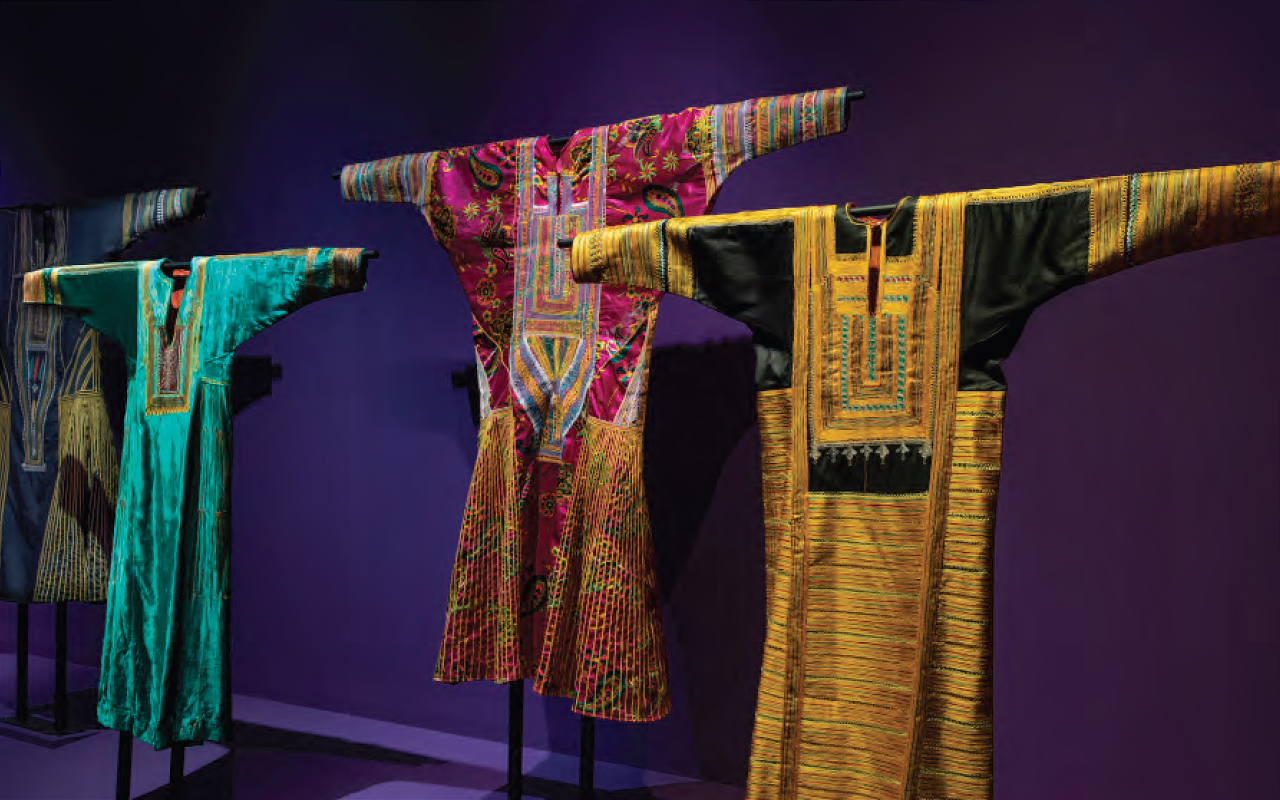
Five Windows on the Past
Before exploring region by region, note that each area offers something distinct. Some rich in women’s dress, others known for men’s headgear or outer layers. Below are the most defining regional traits.
1. Najd (Central Region)
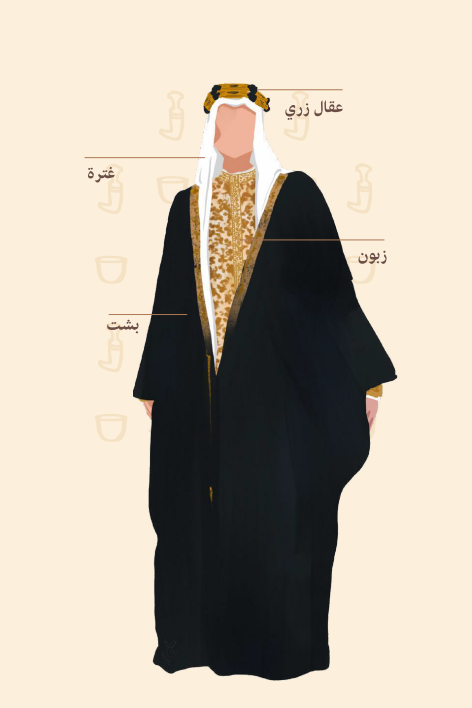


In the Kingdom’s heartland, cities like Riyadh, Buraidah, and Shaqra shaped a style of dress rooted in practicality. The thobe began as a roomy garment suited for travel and fieldwork. Over time, it became more tailored yet retained its ease. Men folded a square headcloth into a triangle, later securing it with a black agal. Layered coats and formal outer garments followed a clear hierarchy, with the bisht reserved for the most important occasions.
2. Hejaz (Western Region)
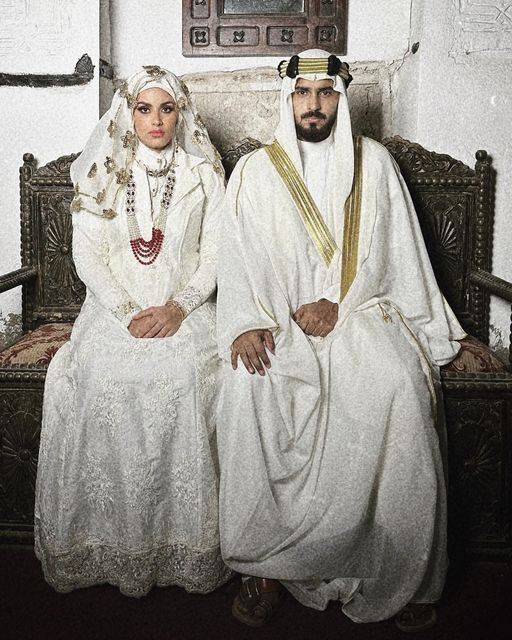
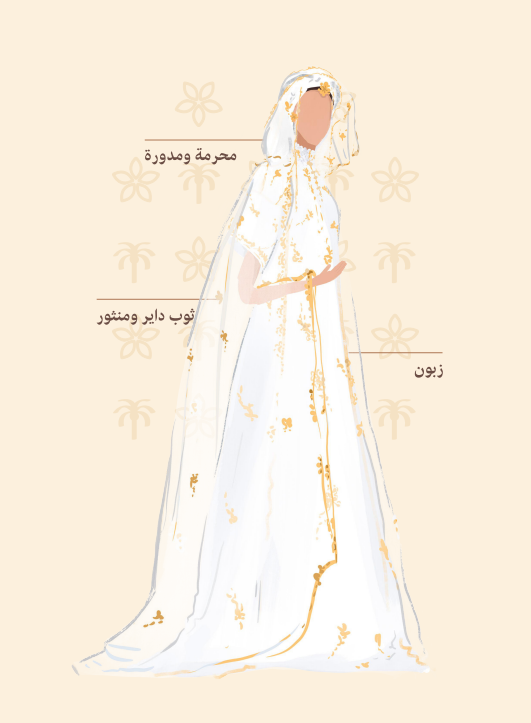
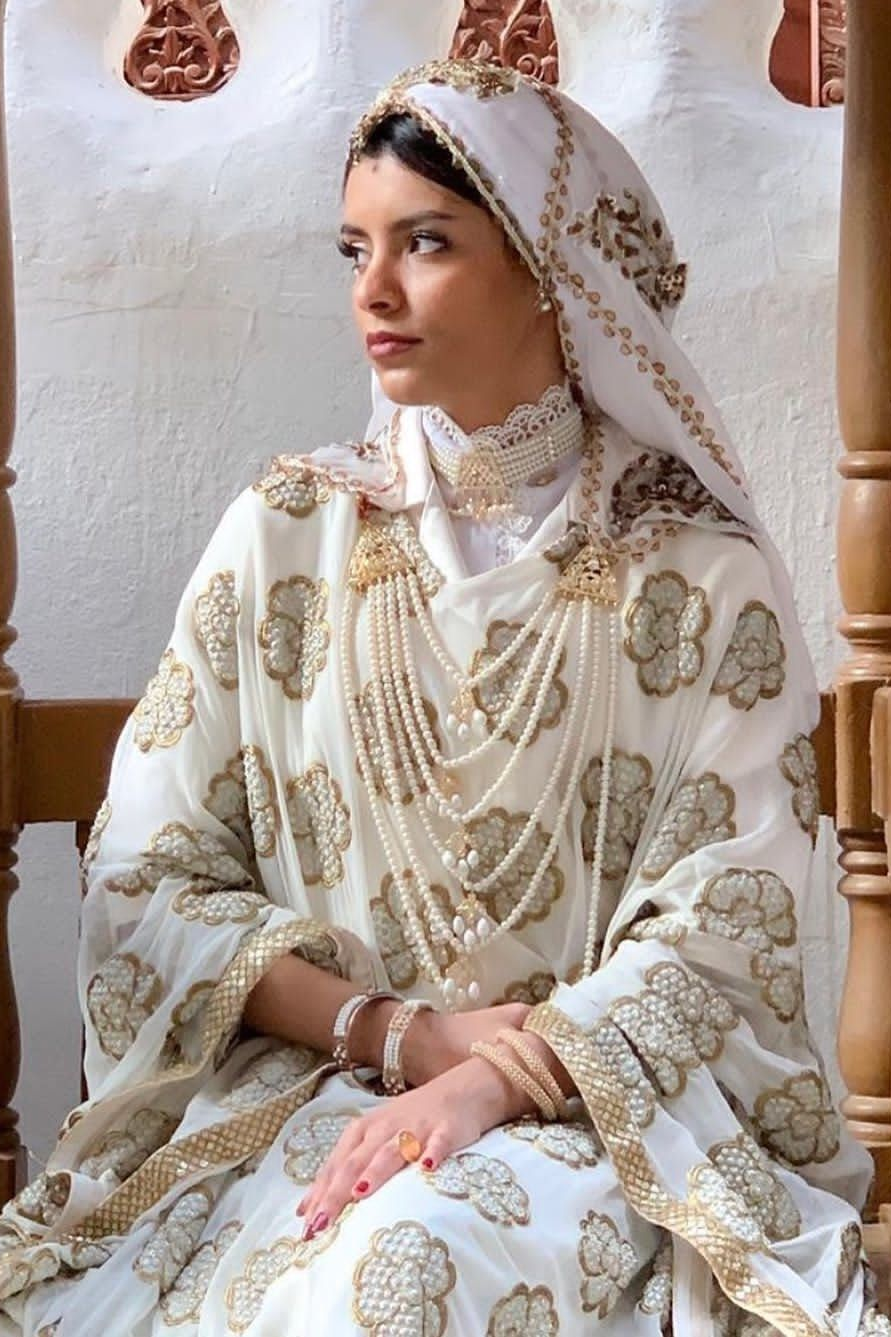
On the Red Sea coast, especially in Jeddah, Makkah, and Madinah, modesty met color. Women’s festive dresses featured fine silk strips, gold-thread embroidery, and imported satins brought by trade. Cuts remained modest, but decoration carried the sparkle of celebration.
3. Eastern Province (Al-Sharqiya)
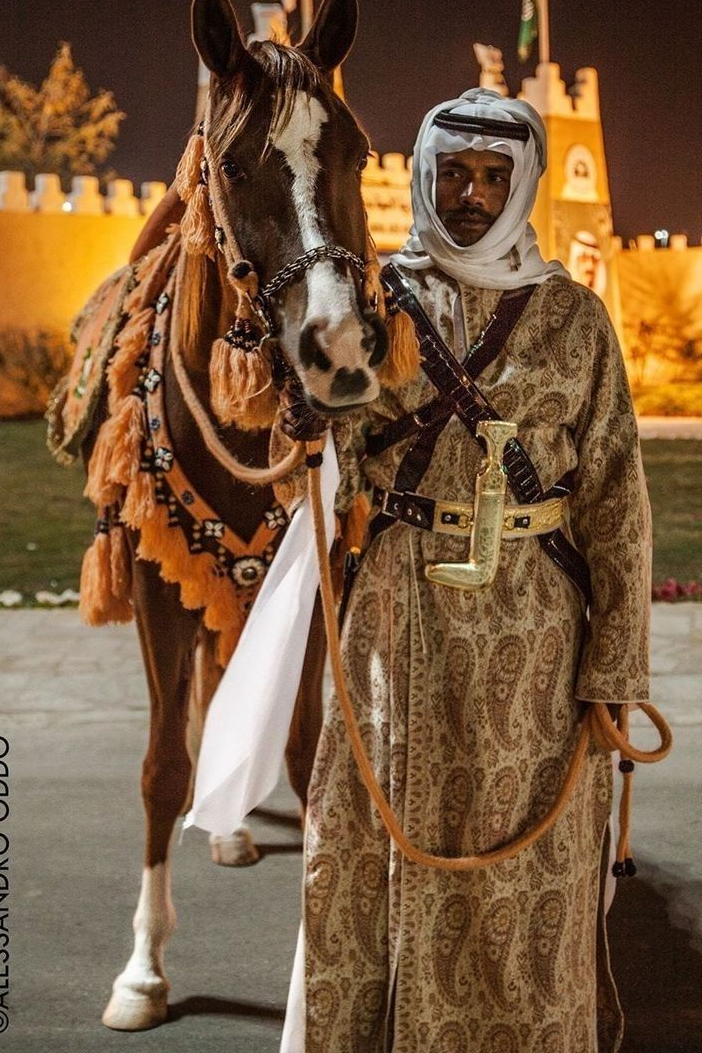

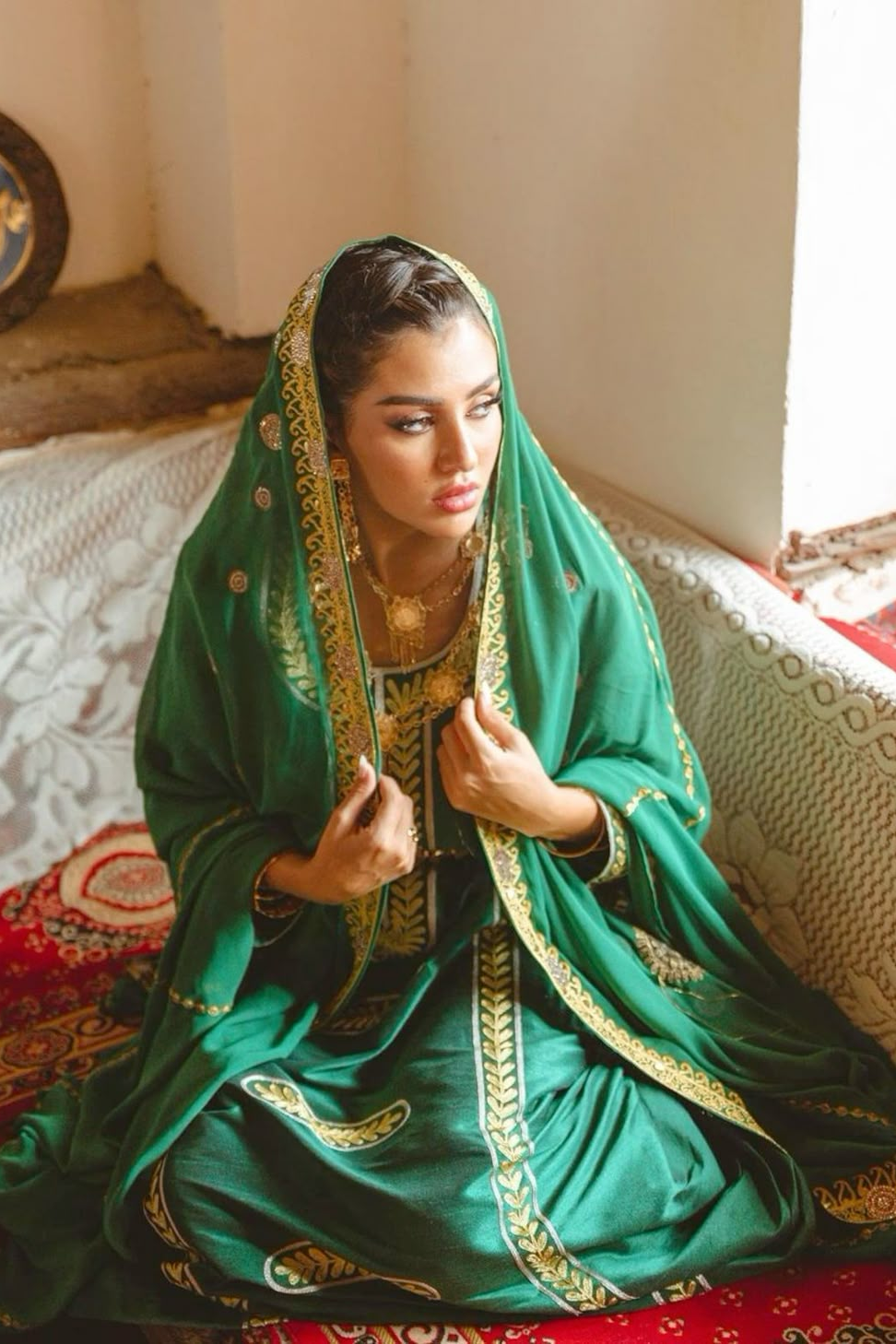
In the Eastern province's cities such as Dammam, Al-Ahsa, and Qatif, headwear reflects craftsmanship. A crocheted skullcap made by women sits first, followed by a folded headcloth and topped with the agal. Men’s thobes shift with the seasons. Light cottons for summer, heavier fabrics for winter. Working versions are shorter and more practical.
4. The North
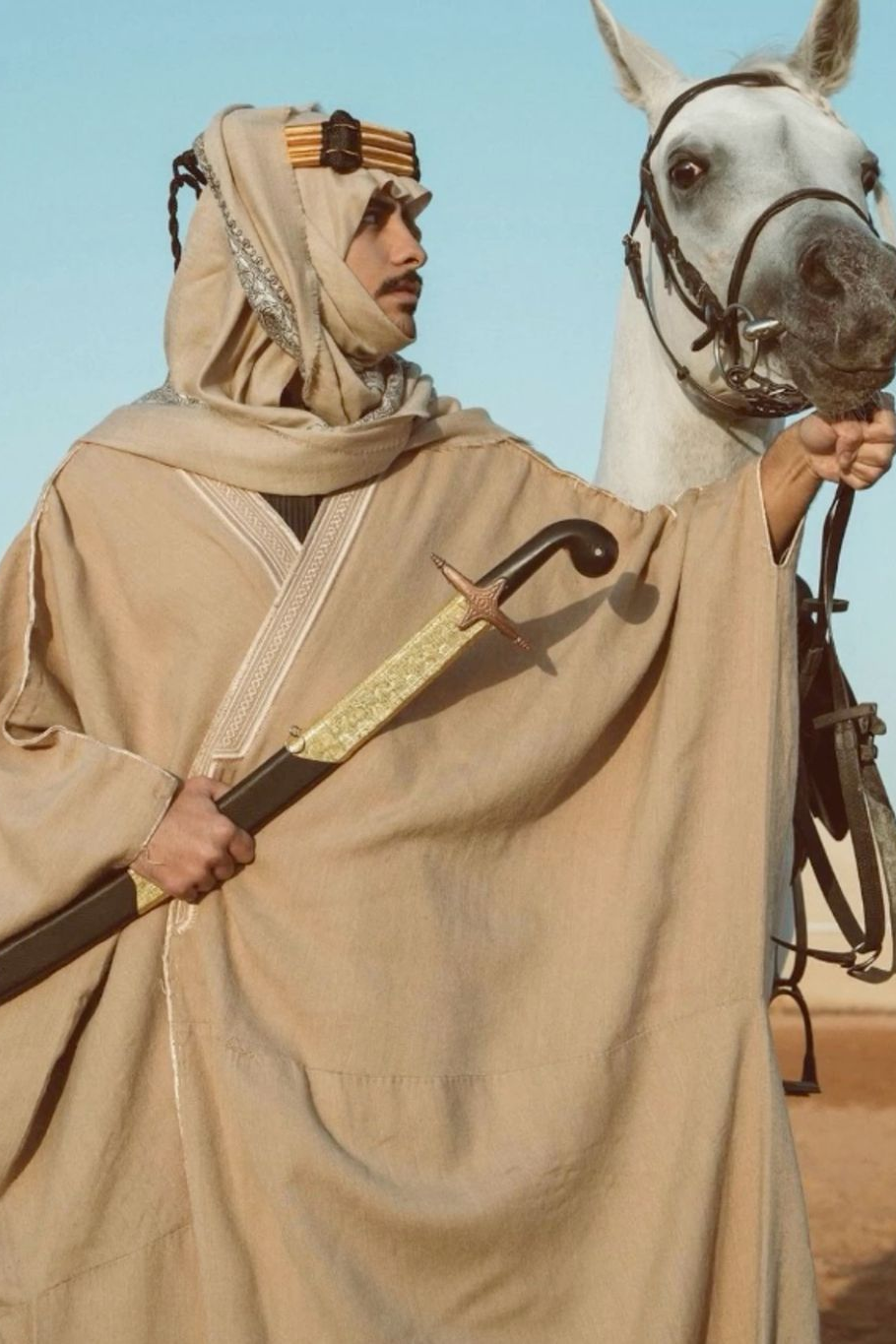
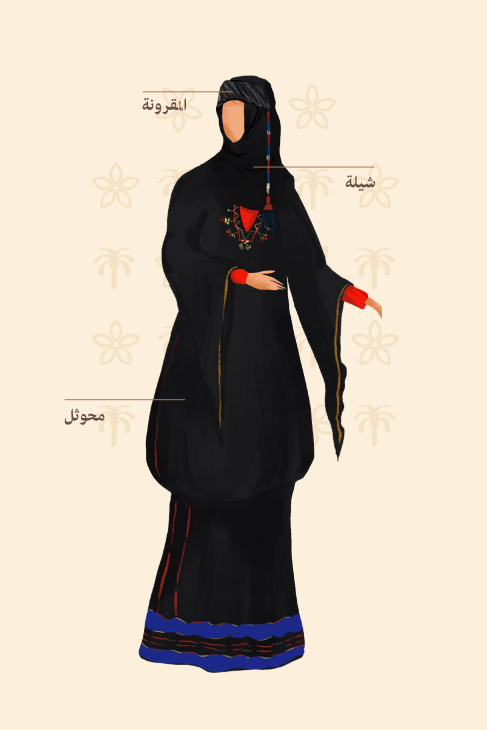

Across cities like Arar, Sakaka, and Tabuk, women traditionally wore a dark wool cloak for public life, with brides donning ornate, metallic-embroidered versions. Velvet coats, buttoned at the chest and open at the sides, reflected elegance and social standing.
5. The South
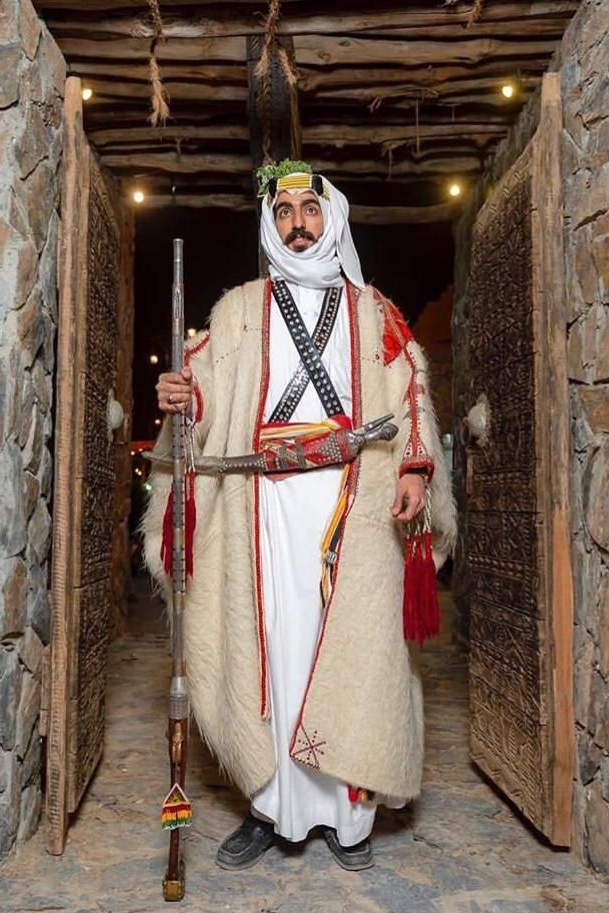
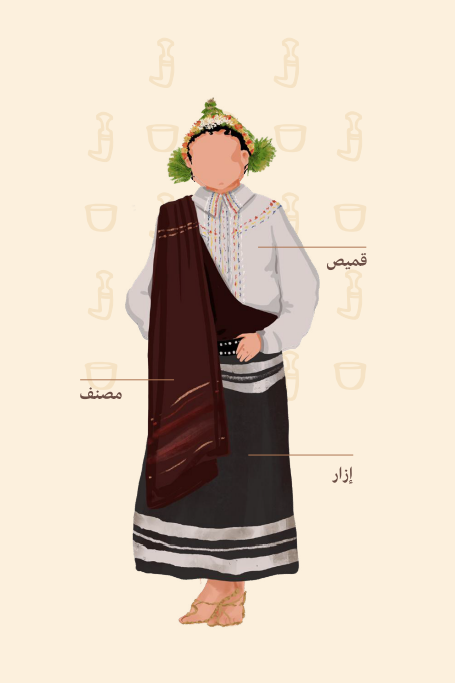
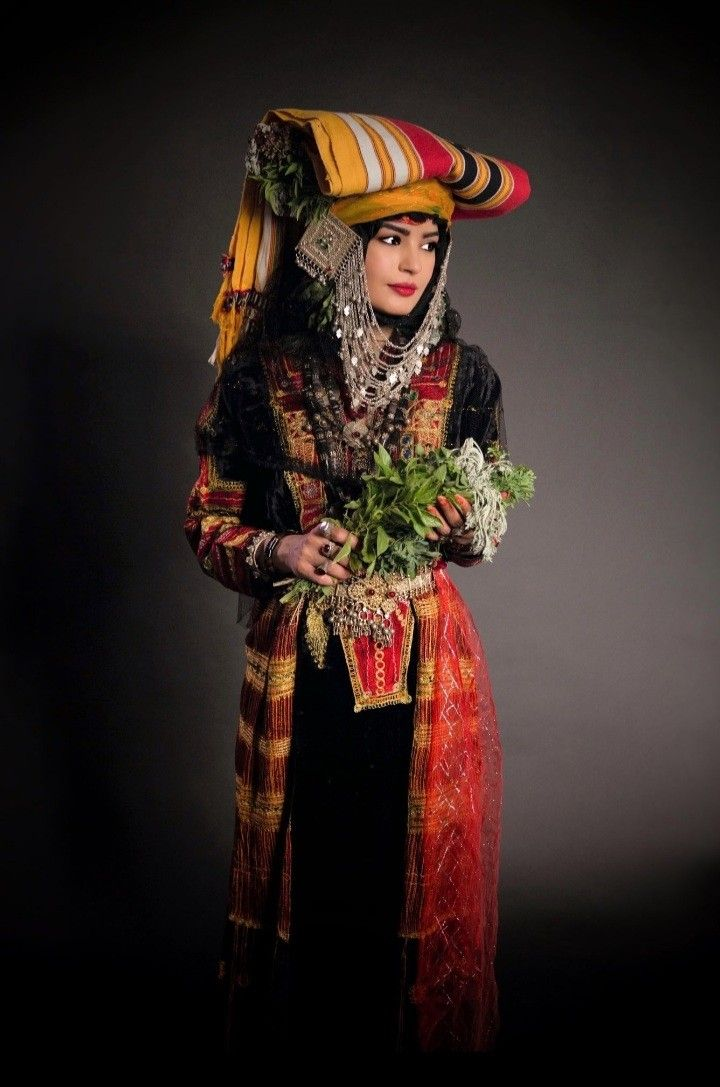
In the cooler highlands around Abha, Najran, and Al-Baha, warmth and layering were essential. Men wore wool coats and belts that once held tools or daggers. Headgear was tied in distinct local styles. Women favored fitted dresses with narrow sleeves and patterned fabrics. During festivals, fragrant crowns of herbs and flowers added a natural perfume to celebration.
Together, these regional variations form a vocabulary of Saudi dress. While the garments like robes, headcloths, cloaks, and sandals remain consistent, each region’s cut, color, and trim speak in its own voice.
Craft and Material Intelligence
Every material was chosen with purpose.
- Cotton and linen breathe through the desert heat.
- Silk drapes gracefully for feast days.
- Wool insulates travelers and withstands harsh weather.
Natural dyes gave rich tones of indigo blue, deep red, and plant-based yellows. Metallic zari threads edged ceremonial garments, shimmering with respect and prestige. Leatherworkers shaped sandals by hand; women crocheted skullcaps with intricate openwork; and embroidery became a form of storytelling in thread.
Craft in Saudi Arabia's clothing isn’t just decoration, but memory made visible.
The Outer Cloak of Honor: The Bisht
The bisht (also called the mishlah) began as a traveler’s cloak, offering warmth and protection. Rectangular and open at the front, it comes in different weights for summer, spring, and winter. Over time, the bisht became the most prestigious garment in the Arabian world, the mark of formality and honor in the Kingdom.
The oasis city of Al-Ahsa remains famous for its bisht weaving. Craftsmen build a base of fine wool or hair blends and finish the edges with zari in gold, silver, or white. Names like Malaki and Marwuba refer to the weave and edge design. A well-made bisht doesn’t cling. It floats gracefully from the shoulders, carrying both warmth and ceremony.

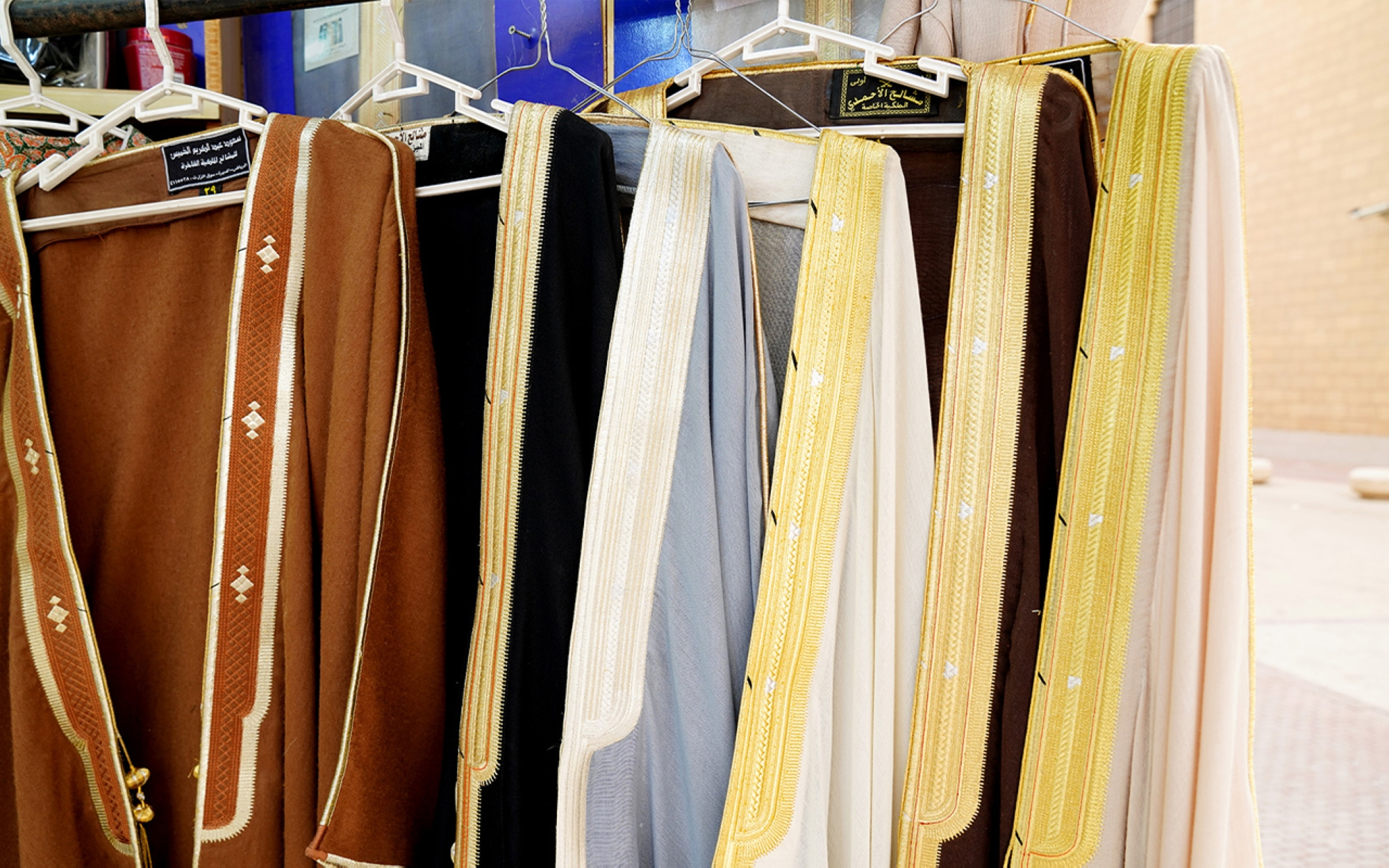
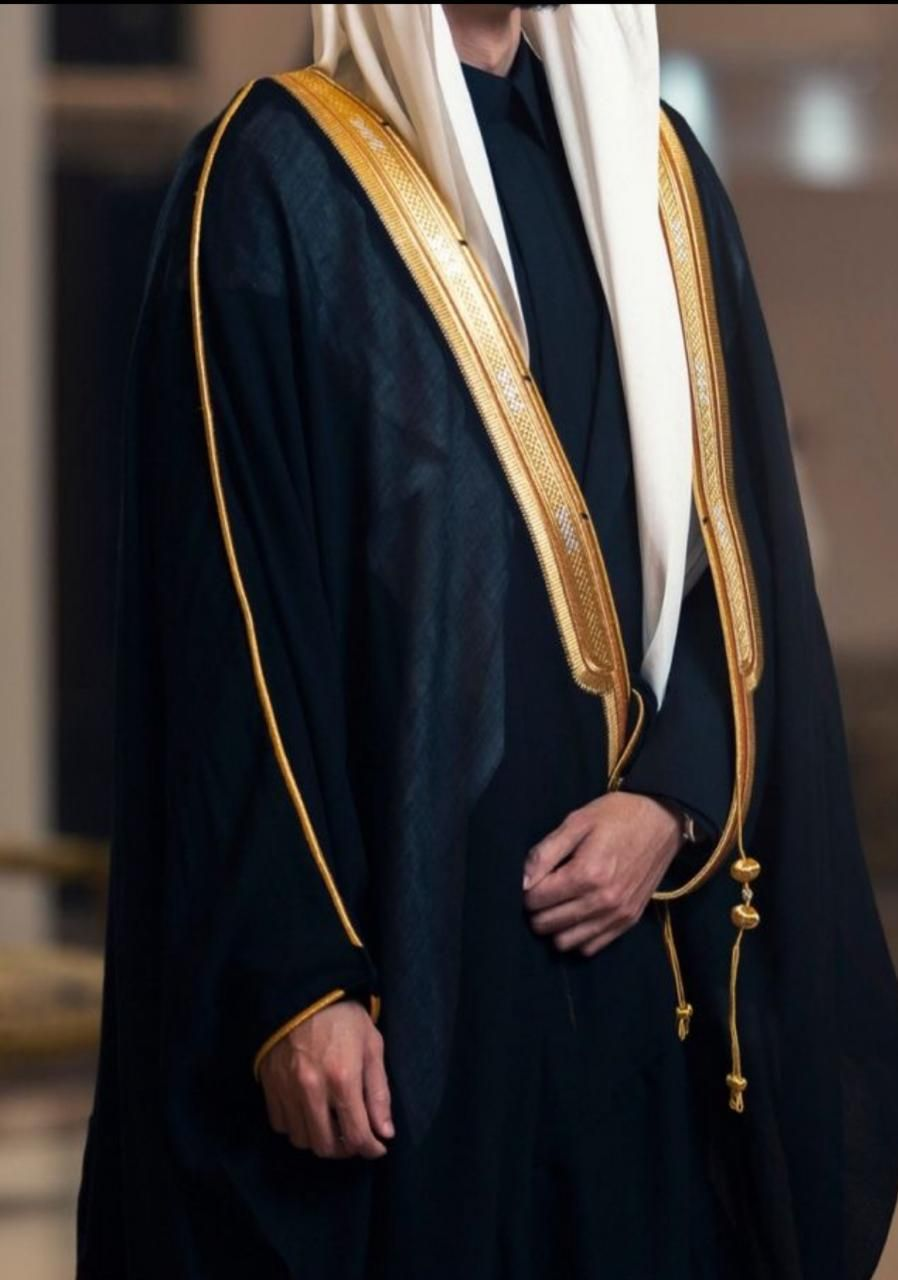
The bisht’s metallic sheen isn’t painted. It comes from careful handling of the woven zari threads.
The Saudi Wardrobe Today: Piece by Piece
Thobe
The thobe anchors men’s attire. Long, modest, and designed for movement.
Light cottons suit summer; heavier fabrics appear in winter. Collars and cuffs vary from simple to formal. The thobe today signals professionalism, neatness, and respect.
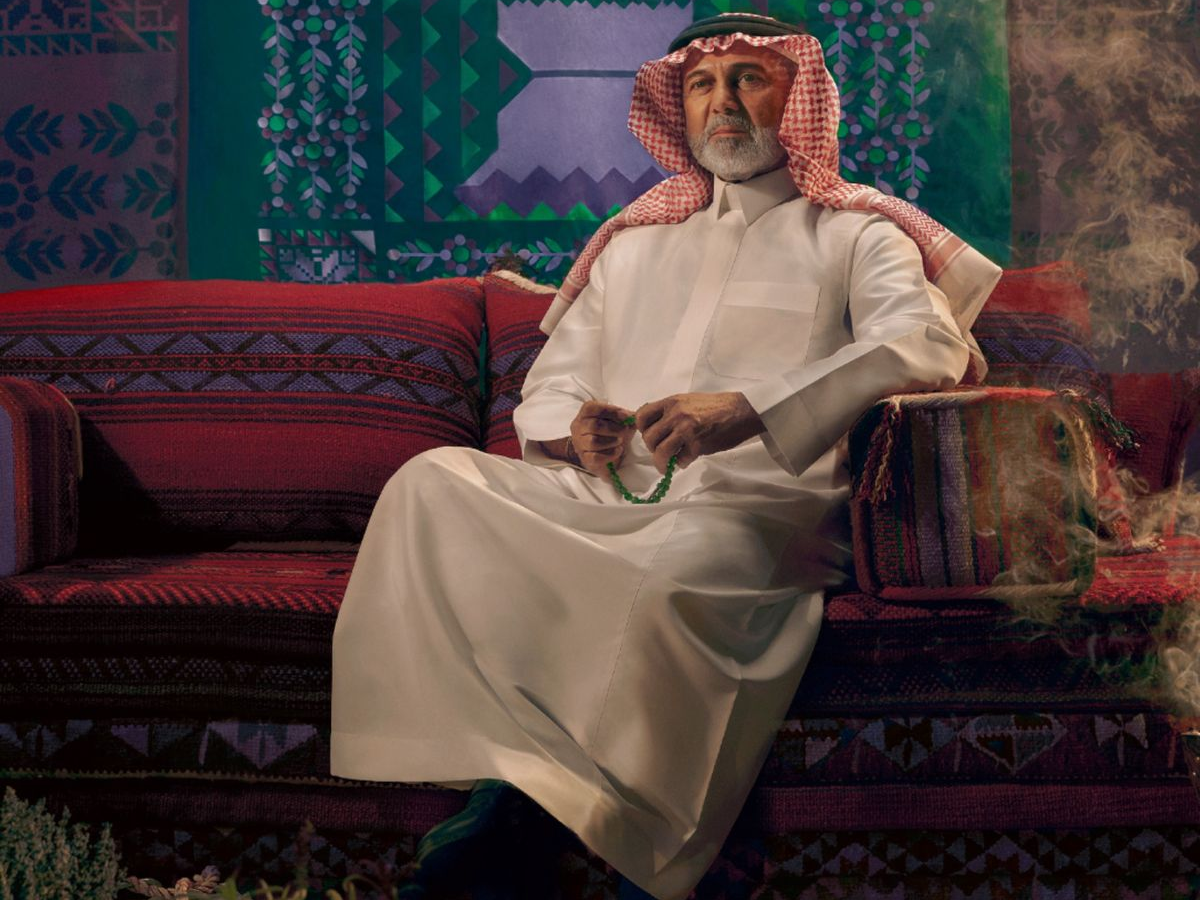
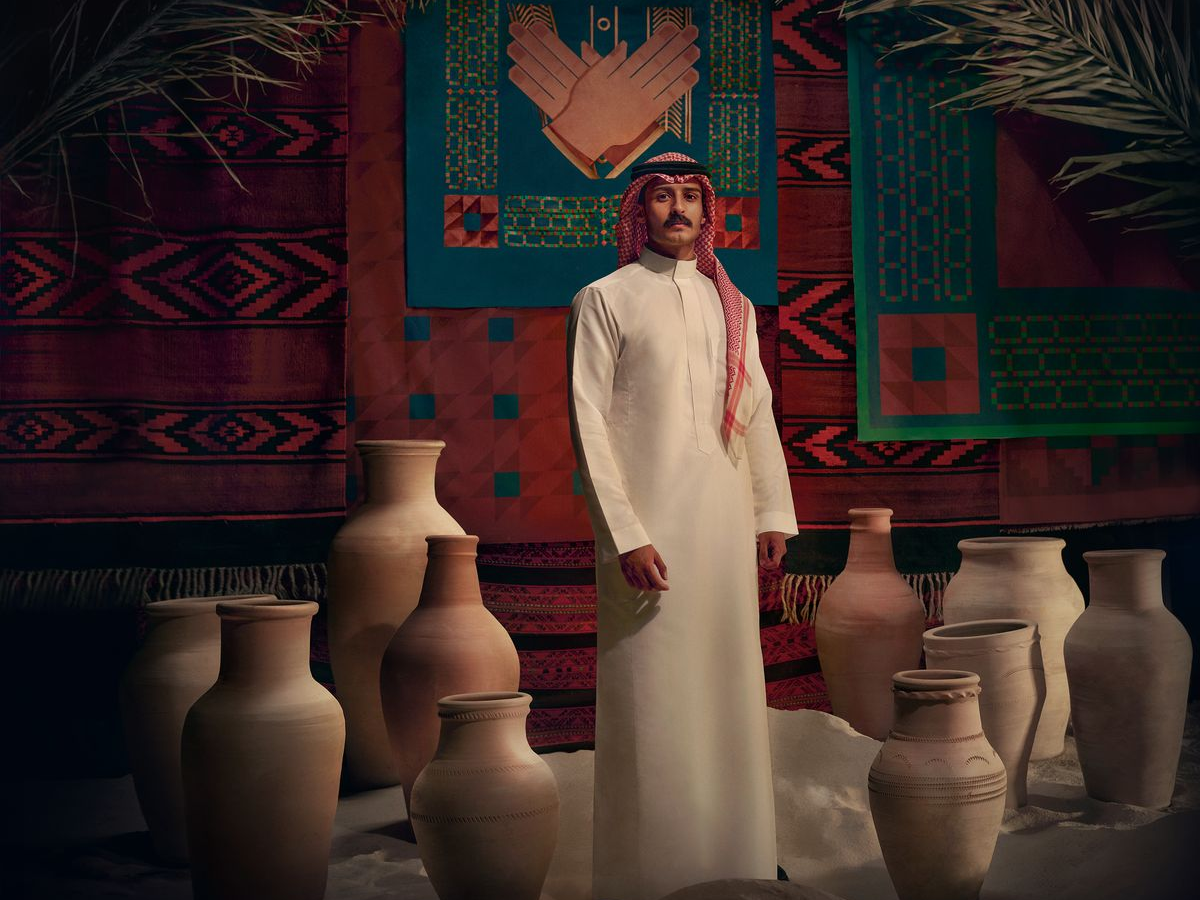
Sidairi
The sidairi, a sleeveless vest worn over the thobe, adds structure without weight. It originated in public ceremonies and processions, offering mobility and refinement. Linen versions serve summer; velvet or wool suit winter. Recently, younger Saudis have revived the sidairi, blending heritage with contemporary style.


Shemagh and Ghutra with Agal
Saudi men’s headwear revolves around two square cloths: the red and white shemagh, and the white ghutra. Both are folded into triangles and held with the black agal. A starched, precise drape signals ceremony; a looser fall suits casual days. The ghutra often appears in devotional or formal contexts, while the red and white shemagh remains an everyday classic.
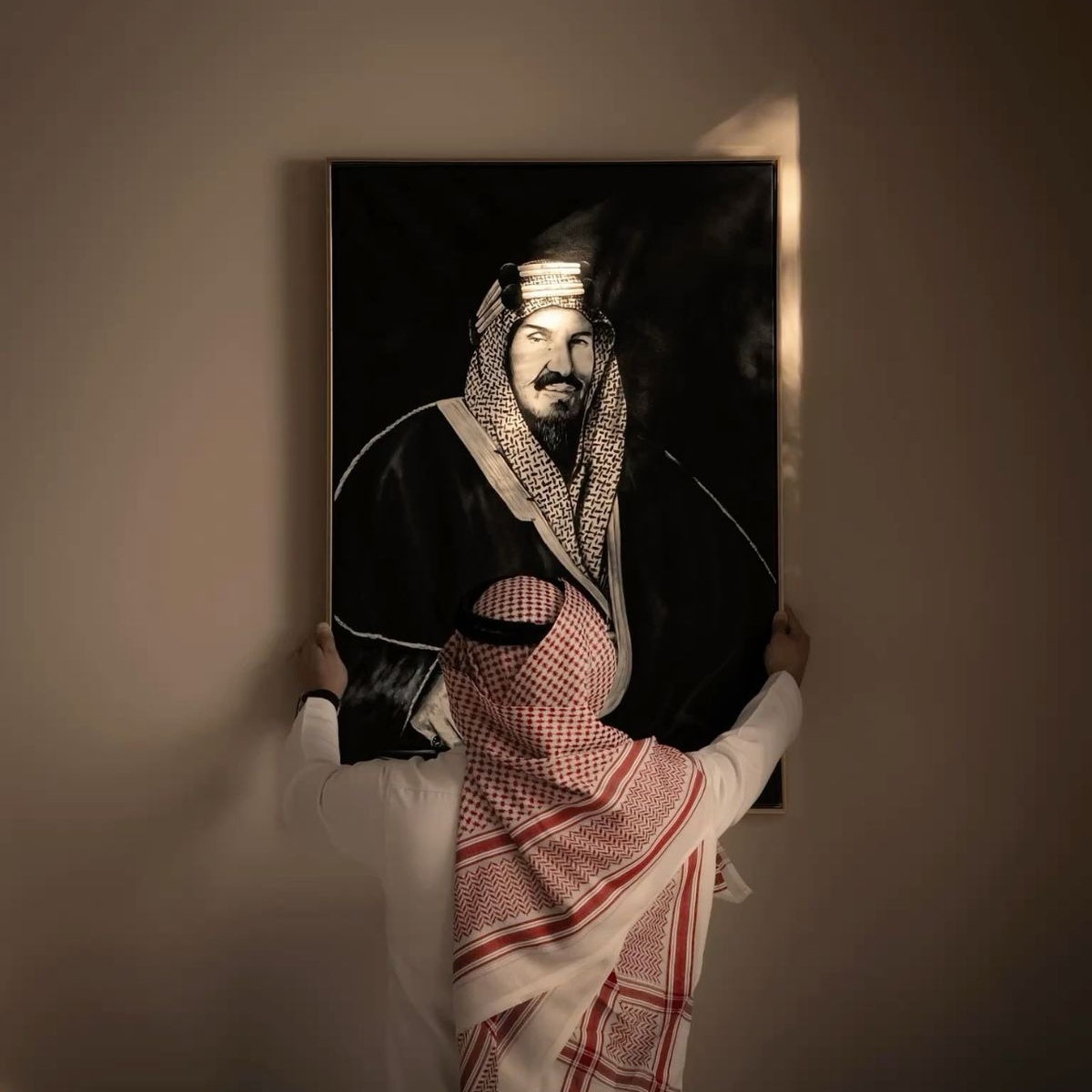
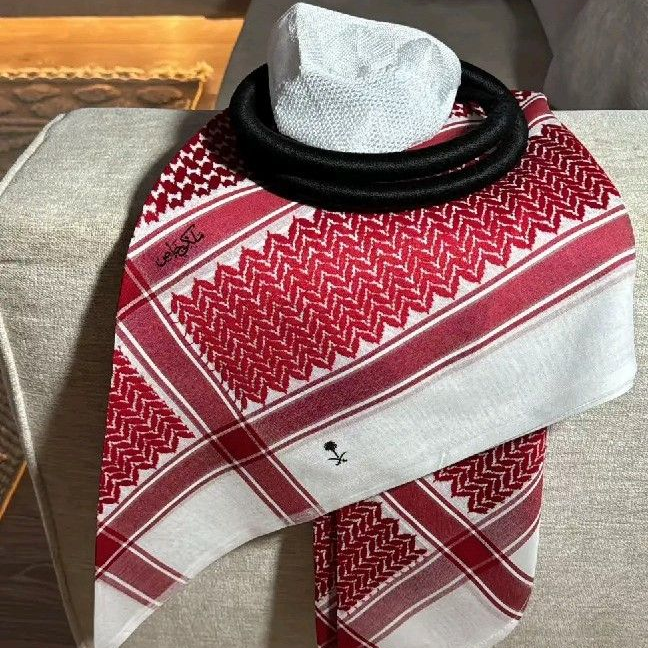
Abaya
For women, the abaya is both traditional and evolving. Once made from heavy wool, it is now crafted from light materials such as cotton, crepe or chiffon, balancing modesty with comfort. Designs differ by region and designer, but the abaya’s essence remains dignity and grace. A timeless symbol of Saudi womanhood.
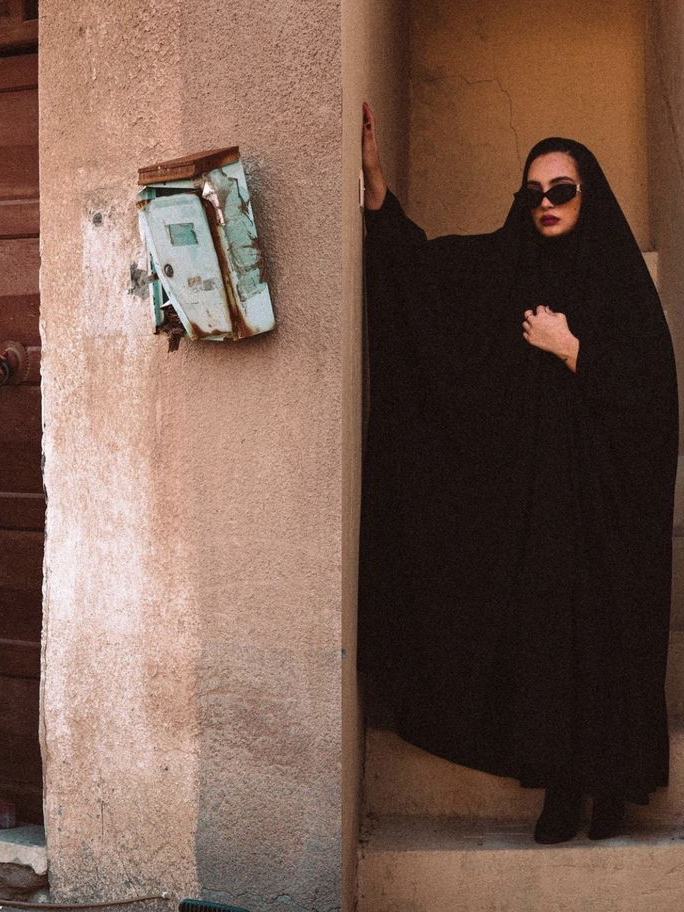

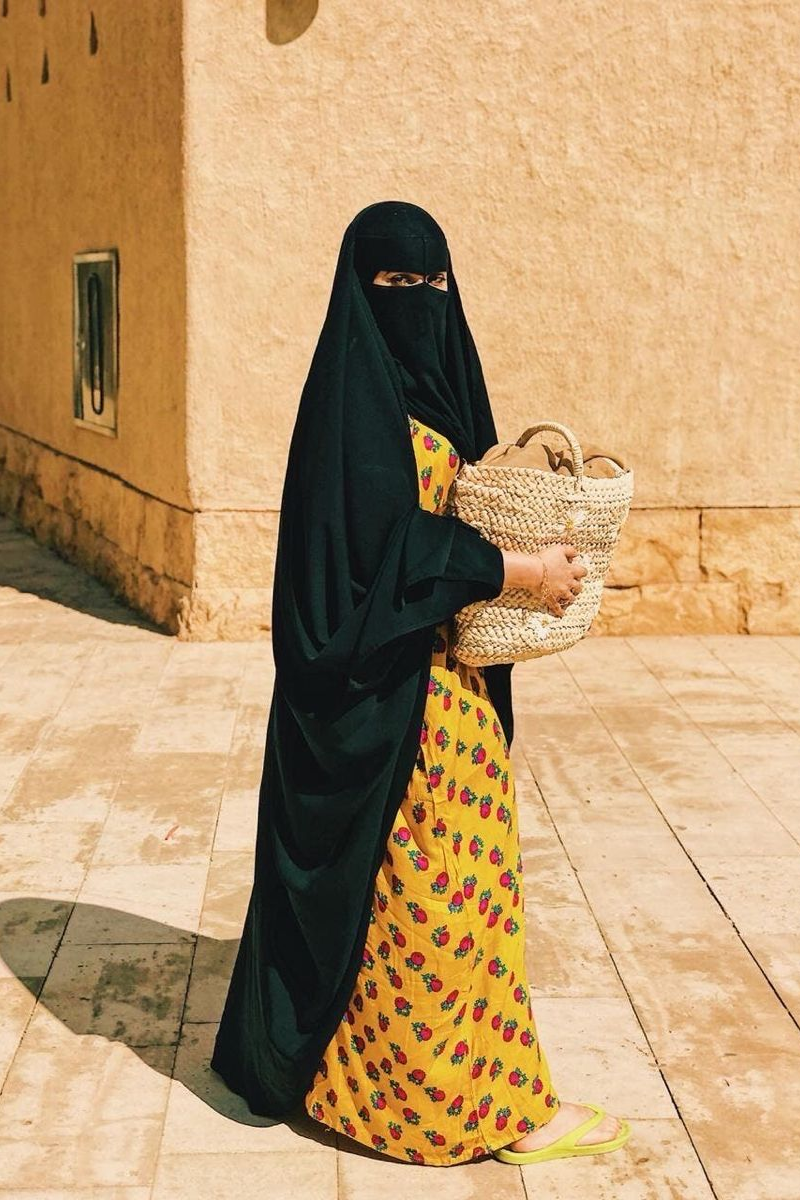
Zubairi (Madas Sharqi) Sandal
Known locally as Madas Sharqi, the Zubairi sandal is built for the climate. Sturdy, open, and handmade. A leather ring secures the big toe, while a side flap protects the foot. Once an everyday necessity, it now ranges from practical wear to luxury heritage footwear, always unmistakably Saudi.
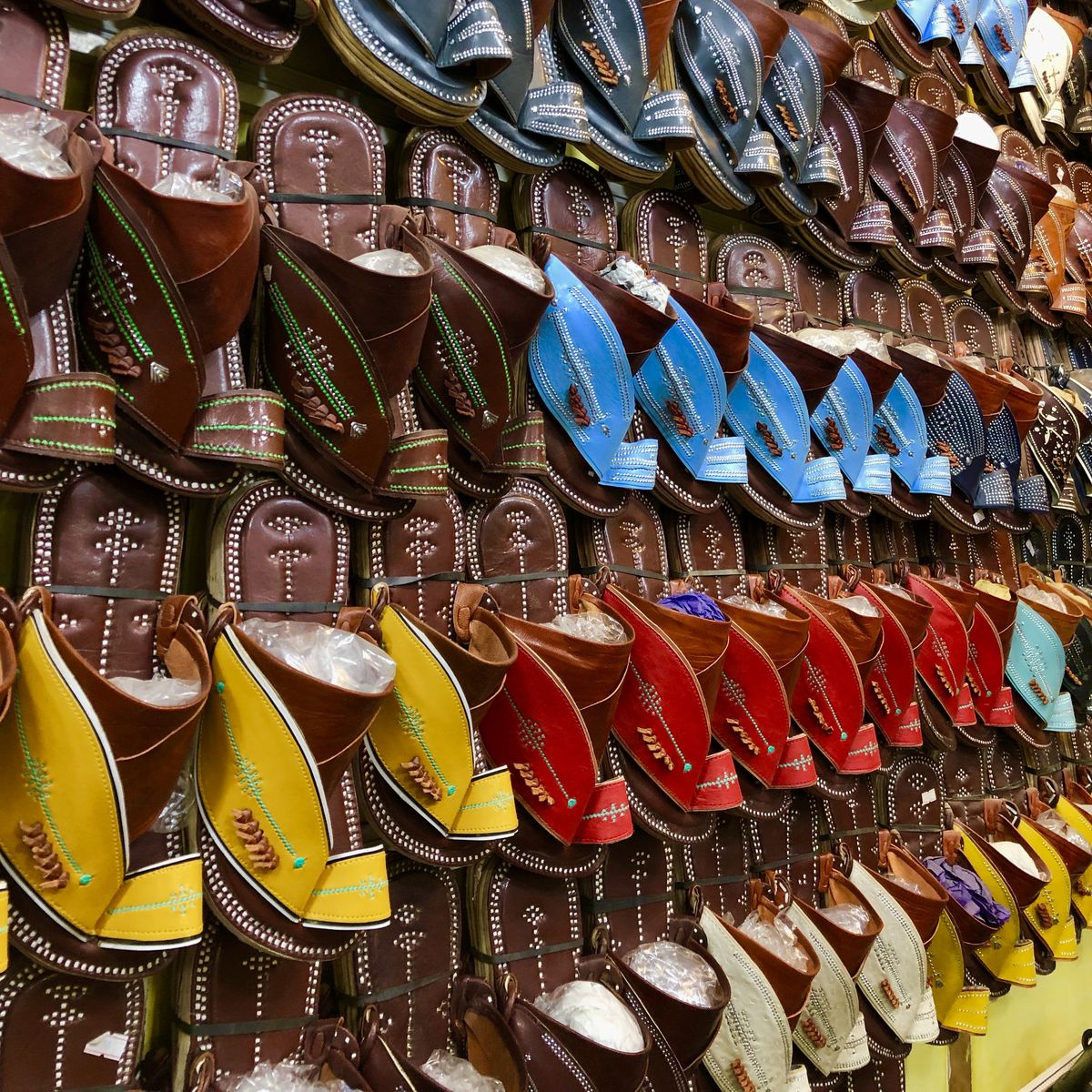
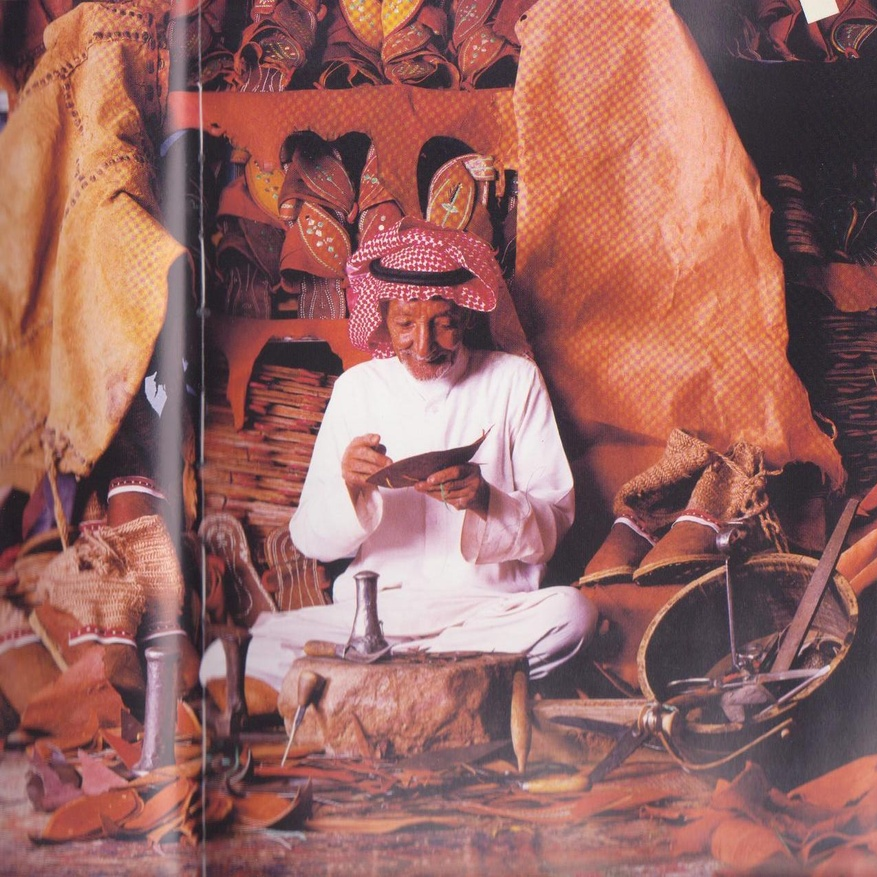
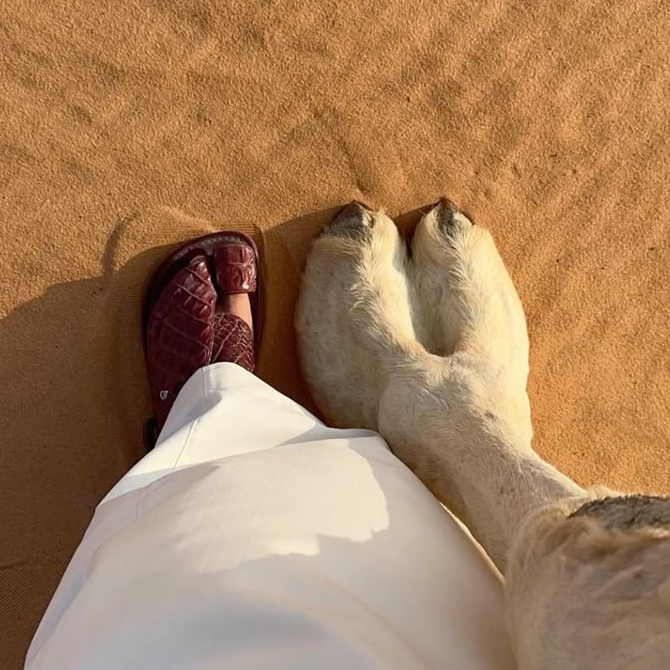
Occasion, Region, and Respect
In Saudi culture, clothing quietly signals occasion and status. A thobe with a sidairi elevates a daytime visit. A bisht marks major life moments such as weddings, Eid, or leadership gatherings. A white ghutra reads as formal and devotional; a starched drape shows ceremony.
Though modern wardrobes have unified styles across the Kingdom, subtle differences in trim, cut, and fabric still reveal regional roots and personal pride.
Honor in Every Fold
At dawn in a Saudi courtyard, each garment tells a story. The cloth that once shielded travelers now signifies honor. The sandal that beat the desert heat now preserves heritage. The abaya that shaped modest movement now carries modern design.
Across generations, Saudi clothing remains alive. Practical in weather, eloquent in celebration, and enduring in identity. Where the land shaped the wardrobe, the people gave it memory.
Disclaimer: This article draws on the most recent Saudipedia entries, the “Saudi Traditional Fashion in the First Saudi State” publication, and official Kingdom dress guidelines and heritage craft documentation.
